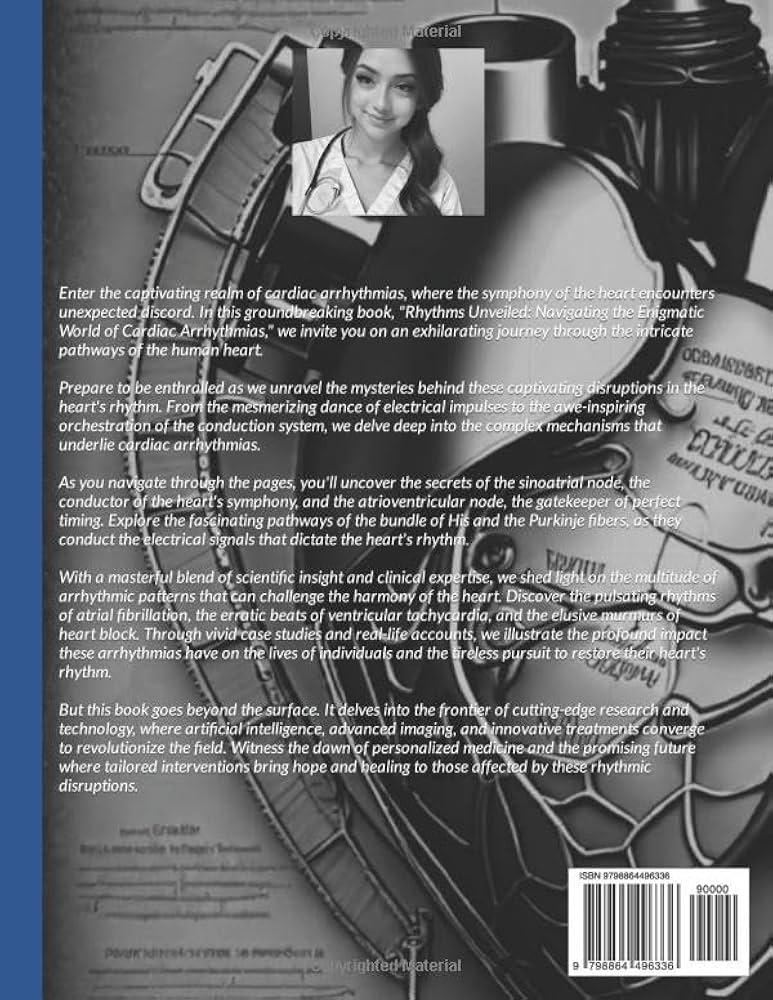h1. Unveiling the Rhythms of Ghana: A Guide to the intricate Movements of Ghanaian Dance
h2. Introduction
Ghana,a vibrant tapestry of cultures and traditions,boasts an incredibly rich dance heritage. Ghanaian dance forms are a captivating fusion of rhythms, movements, and storytelling, with each dance style embodying a distinct cultural narrative. This guide will delve into the intricate rhythms and movements of Ghanaian dance, providing insights into their past importance, symbolism, and the joy they bring to participants and observers alike.
h2. The Roots of Ghanaian Dance
Ghanaian dance traces its origins back to ancient indigenous traditions,influenced by the convergence of various ethnic groups and external cultural exchanges. Dance played a central role in customary ceremonies, rituals, and social gatherings. It served as a means of dialog, preserving cultural identity, and celebrating life’s important moments.
h2. Types of Ghanaian Dance
The Ghanaian dance repertoire is vast and diverse, with each dance style showcasing unique rhythms, movements, and cultural symbolism. Some of the most popular dance forms include:
- Agbadza: A dynamic, energetic dance performed by the Ewe people of southeastern Ghana. It features intricate footwork, vibrant drumming, and energetic body movements that symbolize hunting and warrior prowess.
- Kpanlogo: A lively dance originating from the Ga people of Accra, characterized by rhythmic drumming, swift footwork, and elegant arm movements. Kpanlogo often incorporates social commentary and humorous elements.
- Adowa: A traditional dance from the Akan people, known for its serene and graceful movements.Performers move in a circular motion, swaying their arms and stamping their feet to the accompaniment of melodious drumming.
- Borborbor: A playful courtship dance from the Krobo people, involving intricate hand and leg movements that mimic drumming and flirting. It symbolizes the playful interaction between men and women.
- kete: A sacred dance performed by the Dagomba people of northern Ghana, often associated with the Damba Festival. It features elaborate costumes, intricate rhythms, and synchronized movements that evoke ancestral spirits.
h2.The Elements of Ghanaian Dance
Ghanaian dance is characterized by several key elements that contribute to its vibrant and captivating nature:
- Polycentrism: ghanaian dance often involves multiple joints and body parts moving independently, creating a complex and layered visual tapestry.
- Polyrhythm: Ghanaian music is renowned for its intricate polyrhythms, with dancers coordinating their movements to the interplay of different rhythms.
- Storytelling: Many Ghanaian dances tell a story or convey a particular message, with dancers using gestures and movements to depict characters and events.
- Community: Ghanaian dance is a communal activity that fosters a sense of belonging and togetherness. Dancers often perform in groups, synchronizing their movements and supporting one another.
- Spirituality: Some ghanaian dance forms have spiritual or ceremonial significance,embodying ancestral beliefs and connecting dancers to their heritage.
h2. Benefits of Ghanaian Dance
Participating in or witnessing Ghanaian dance offers numerous benefits, including:
- Physical health: Ghanaian dance requires significant physical exertion and coordination, promoting cardiovascular health, flexibility, and muscle strength.
- Cultural enrichment: Engaging with Ghanaian dance provides a deeper understanding of Ghanaian culture, its traditions, and its people.
- stress relief: The energetic and rhythmic nature of Ghanaian dance can definitely help reduce stress levels and promote relaxation.
- Social bonding: Ghanaian dance fosters a sense of community and brings people together from diverse backgrounds.
h2. Practical Tips for Enjoying Ghanaian Dance
To fully appreciate the beauty and diversity of Ghanaian dance, consider the following tips:
- Attend live performances: Experiencing Ghanaian dance in person offers a truly immersive experience. Look for local dance companies or cultural events showcasing Ghanaian dance.
- Take dance classes: Weather you’re a beginner or an experienced dancer, participating in Ghanaian dance classes is an excellent way to learn the movements and rhythms.
- Respect cultural traditions: When observing or participating in Ghanaian dance, be mindful of local customs and protocols.ask for permission before filming or photographing dancers.
- Dress comfortably: Ghanaian dance involves energetic movements, so wear comfortable clothing that allows for freedom of movement.
h2. Conclusion
Ghanaian dance is a testament to the vibrant and multifaceted nature of Ghanaian culture. Its intricate rhythms, graceful movements, and captivating storytelling inspire awe and joy in both participants and observers. From the dynamic Agbadza to the serene Adowa, each dance style embodies a unique cultural narrative, connecting dancers and audiences to the rich heritage of Ghana. Whether you’re an aspiring dancer or simply appreciate the beauty of cultural expression, embracing Ghanaian dance is a rewarding and enriching experience.

